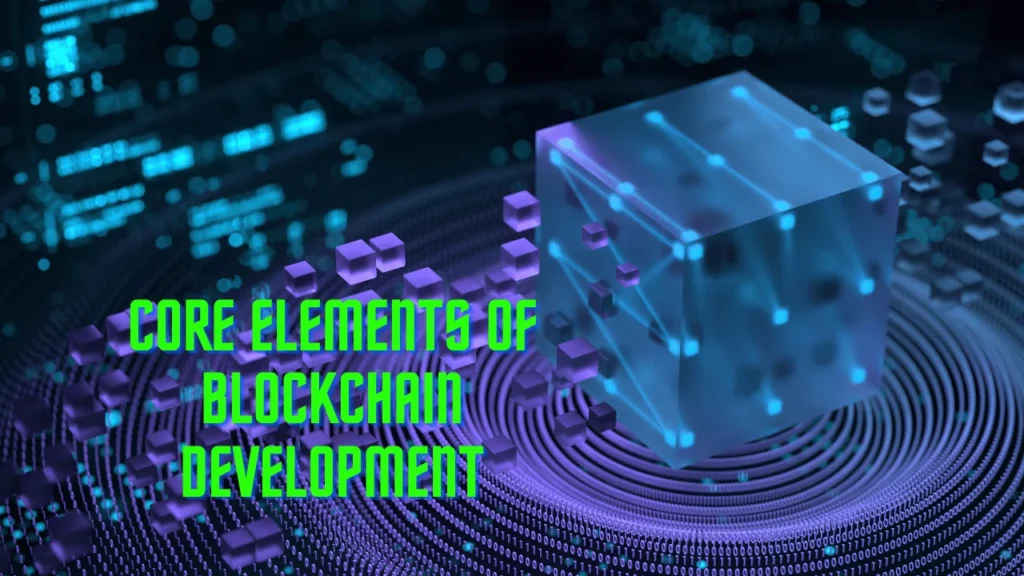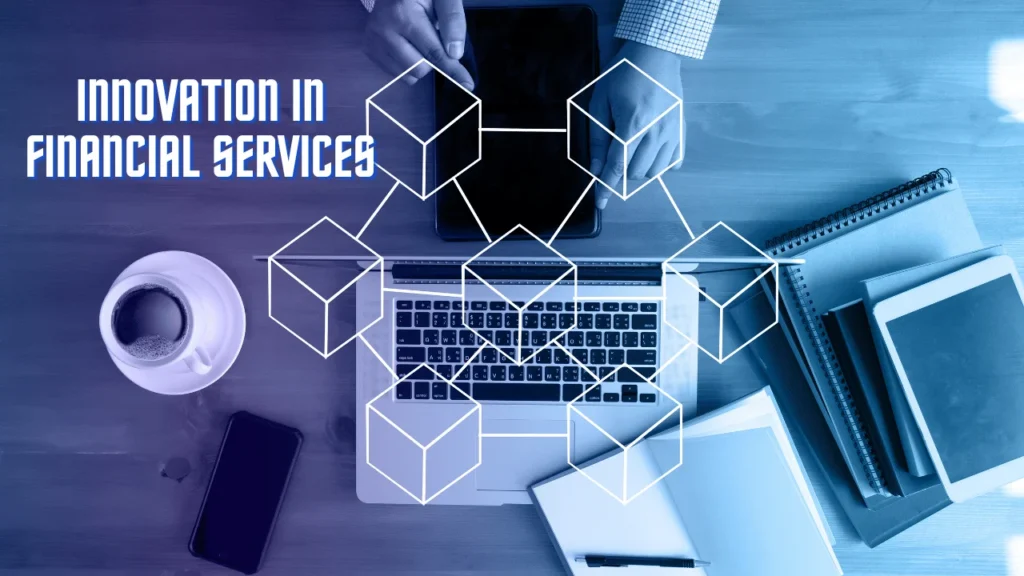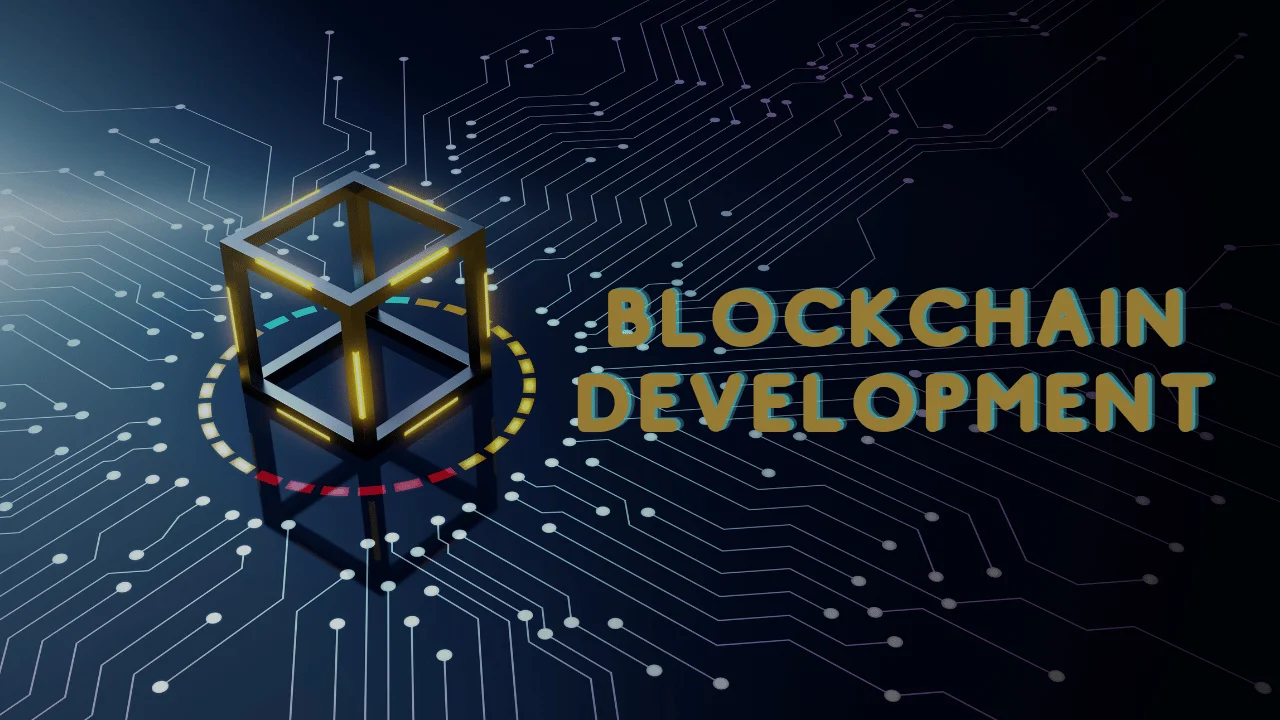Blockchain development is reshaping the digital innovation landscape in an era of lightning-fast technological advancements. With its decentralized structure, immutability, and improved security, this niche area of technology is leading the charge to resolve difficult problems and open up new possibilities. Building a blockchain is about more than just learning how to code or build software; it’s also about ushering in a new era of universal trust, transparency, and efficiency.
Core Elements of Blockchain Development

Delving into the fundamental components and processes of blockchain development is essential for comprehending the enormous potential and difficulties associated with it. These components allow developers to construct strong, safe, and inventive solutions; they are the foundation of blockchain technology.
Blockchain Protocols Development
The creation of blockchain protocols, which are the set of guidelines for the network’s operation, is central to blockchain technology. Developers must create efficient and robust protocols for this layer because it guarantees the blockchain’s scalability, consensus, and security.
Blockchain development revolves around decentralization technology, which enhances security by distributing data across a network and eliminating single points of failure.
The development of consensus mechanisms is an essential part of protocol development. Mechanisms such as Proof of Work (PoW) and Proof of Stake (PoS) guarantee that all network participants concur on the legitimacy of transactions.
Data storage, transaction processing, and node-to-node communication are all part of the blockchain’s architectural design.
Developers need to address the scalability issues so the blockchain can handle more transactions and users without slowing down or losing efficiency.
Due to blockchain’s decentralized and immutable nature, it is critical to create cutting-edge security solutions to guard the network against intrusion and flaws.
Smart Contracts Design
A “smart contract” is an agreement whose terms are encoded in computer code and which can be executed automatically. More efficient and devoid of trust, they automate the contract execution process.
It is critical to create gas-cost-efficient smart contracts that are also secure against possible vulnerabilities when designing for efficiency.
Payments, settlements, and supply chain management are just a few of the many business processes that can be automated with the help of smart contracts.
Developers need to think about the regulatory and legal ramifications of smart contracts to stay in compliance and prevent legal problems.
To avoid vulnerabilities and guarantee the contracts’ integrity, smart contracts must undergo thorough testing and auditing.
Decentralized Applications (DApps) Creation
Decentralized applications, or DApps, are programs that use a distributed network of computers to function instead of a central server.
The widespread use of decentralized applications (DApps) depends on the development of intuitive interfaces and frictionless experiences.
Making sure DApps can talk to each other and integrate with services and apps increases their usefulness and popularity.
For decentralized applications (DApps), data management and privacy are of the utmost importance, particularly when dealing with sensitive data.
Optimal performance and security in DApp deployment and maintenance necessitates constant monitoring and updates.
Blockchain Governance Models
For a blockchain network to run smoothly and fairly, a well-organized model of governance is essential. Blockchain governance entails procedures, policies, and rules that direct the network’s operation and development, keeping it secure and functional as it adapts to new demands and threats.
Decentralized Decision-Making
Network participants can have a say in the blockchain’s policies and direction through decentralized decision-making, which is a common feature of blockchain governance models. By removing the need for a governing body to make all the important decisions, this method promotes a more egalitarian and democratic setting.
On-chain vs. Off-chain Governance
Decisions can be automatically made based on predefined criteria or through token-based voting mechanisms with on-chain governance, which entails embedding governance rules into the blockchain itself. In contrast, off-chain governance is based on more conventional means of reaching decisions, such as community meetings and consensus, that do not involve the blockchain.
Incentive Structures
In order to motivate network participants to participate and behave well, effective governance models use incentive systems. Token rewards, reputation systems, and other incentives can be implemented to ensure that individual actions are in line with the overall health and success of the network.
Handling Disputes and Forks
The resolution of disputes and the handling of disagreements that result in forks are additional important considerations for governance models. In order to keep the blockchain community trusting and stable, there must be clear and fair procedures for dealing with disputes and forks.
Advancements in Cryptographic Algorithms

Ensuring the security and privacy of transactions, cryptography is the foundation of blockchain security. Improving blockchain networks’ privacy, integrity, and security necessitates the creation and use of sophisticated cryptographic algorithms.
Ensuring Data Privacy
Privacy-focused cryptographic techniques, such as zero-knowledge proofs, allow users to verify transactions without revealing sensitive information. Applications requiring secrecy, like identity verification or financial transactions, must have this.
Enhancing Security
A safe and immutable method of validating blockchain-based transactions and data is digital signatures and cryptographic hashing. To keep one step ahead of possible security threats, cryptographic algorithms must undergo continuous improvement.
Scalability Through Cryptography
Addressing scalability issues is another potential use of new cryptographic methods. Sharding is one method that uses cryptographic principles to make sure data remains secure and intact across different copies of the blockchain. This makes the process easier to handle and implement.
Quantum-Resistant Cryptography
The development of cryptographic algorithms that are resistant to quantum computing has become critical in order to protect the blockchain from potential future attacks. To withstand the processing power of quantum computers, these algorithms have been meticulously crafted.
Innovation in Financial Services

Due to its potential to bring about previously unseen degrees of efficiency, security, and openness, blockchain technology is set to revolutionize the banking sector. Blockchain technology paves the way for revolutionary changes in the financial services industry, from the simplification of payments to the complete overhaul of asset management.
Revolutionizing Payments and Transfers
An appealing alternative to conventional banking systems and remittance services, blockchain enables low-cost, fast, and secure international money transfers. This shift is being spearheaded by blockchain-based payment platforms and cryptocurrencies.
Decentralized Finance (DeFi)
DeFi is building a decentralized, open, and borderless financial system using blockchain technology. A variety of decentralized and transparent financial services, such as lending, borrowing, and trading, are available to users through DeFi.
Asset Tokenization and Management
Real estate and works of art can be “tokenized” on the blockchain, making them easily tradeable and manageable digital assets. This streamlines asset management and creates new investment opportunities.
Regulatory Compliance and Transparency
The immutability and transparency of blockchain technology facilitate regulatory compliance, fraud prevention, and money laundering for financial institutions. By automating compliance processes, smart contracts can increase efficiency while decreasing the likelihood of human error.
Must Read: Advantages and Disadvantages of Blockchain
FAQs
What is blockchain development?
In order to take advantage of the decentralized, immutable, and secure properties of blockchain technology, developers build, maintain, and innovate new blockchain systems and applications.
Why is decentralization important in blockchain?
Distributed control makes the system more democratic and resilient by removing potential weak spots, increasing security, and removing single points of failure.
How do smart contracts work?
Smart contracts are agreements whose terms are written into code and can execute themselves. When certain conditions are satisfied, they execute and enforce the terms automatically.
What are DApps?
Applications that operate on a blockchain or peer-to-peer network of computers are known as decentralized applications (DApps). These applications do away with the necessity for a central authority or intermediary.
Can blockchain technology be hacked?
The cryptographic algorithms and decentralized nature of blockchain technology make it very secure, but no system is foolproof. Blockchain security is always improving to fix new vulnerabilities.
Conclusion
Finally, blockchain development is an intricate field that has the potential to change our perspective on digital efficiency, transparency, and trust. Developers and stakeholders can unravel the mysteries of this new technology by familiarizing themselves with its fundamental components and the difficulties they present. The painstaking creation of DApps, smart contracts, and blockchain protocols heralds a new age of digital innovation that will revolutionize value creation and disrupt established business models.

Brandy Stewart, an enchanting wordsmith and seasoned blogger, weaves compelling narratives that transport readers to uncharted territories. Infused with perceptive viewpoints and dynamic storytelling, Doris exhibits a command of language that enthralls both hearts and minds, leaving a lasting mark on the literary panorama.

